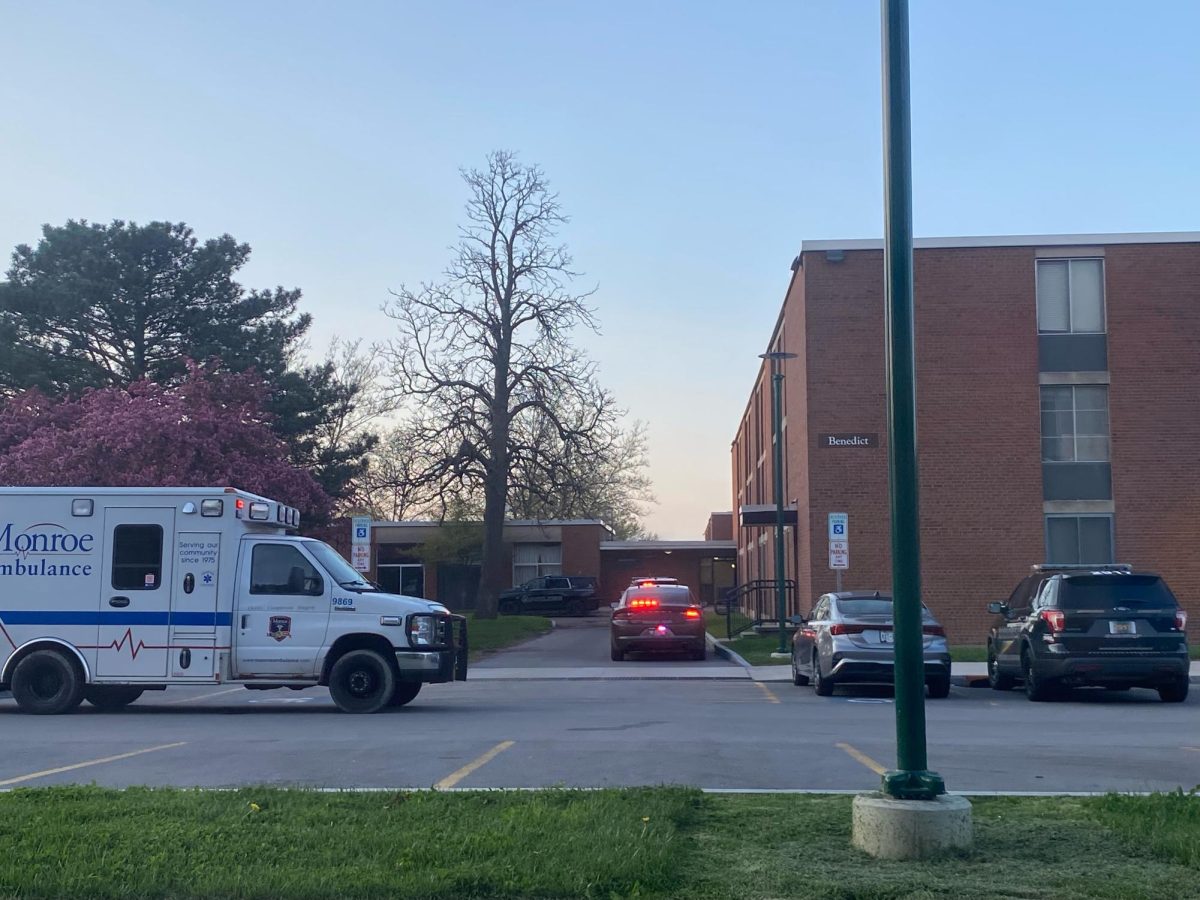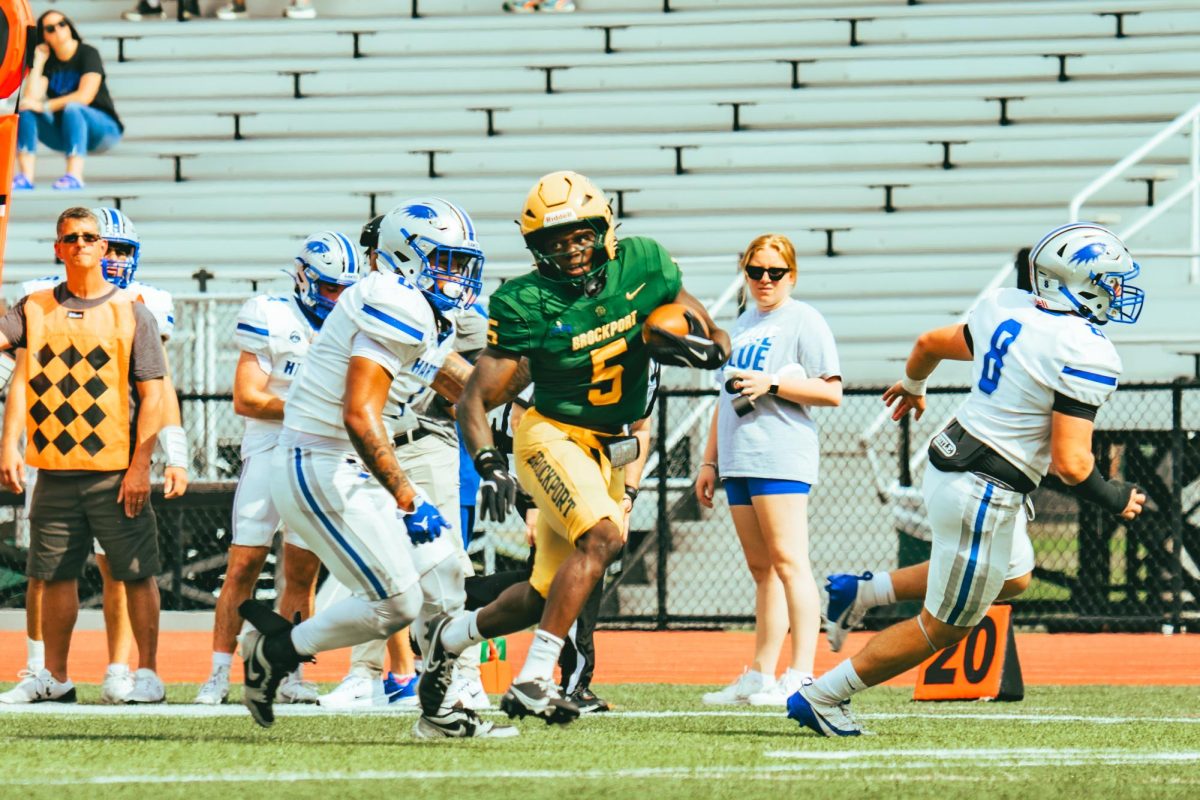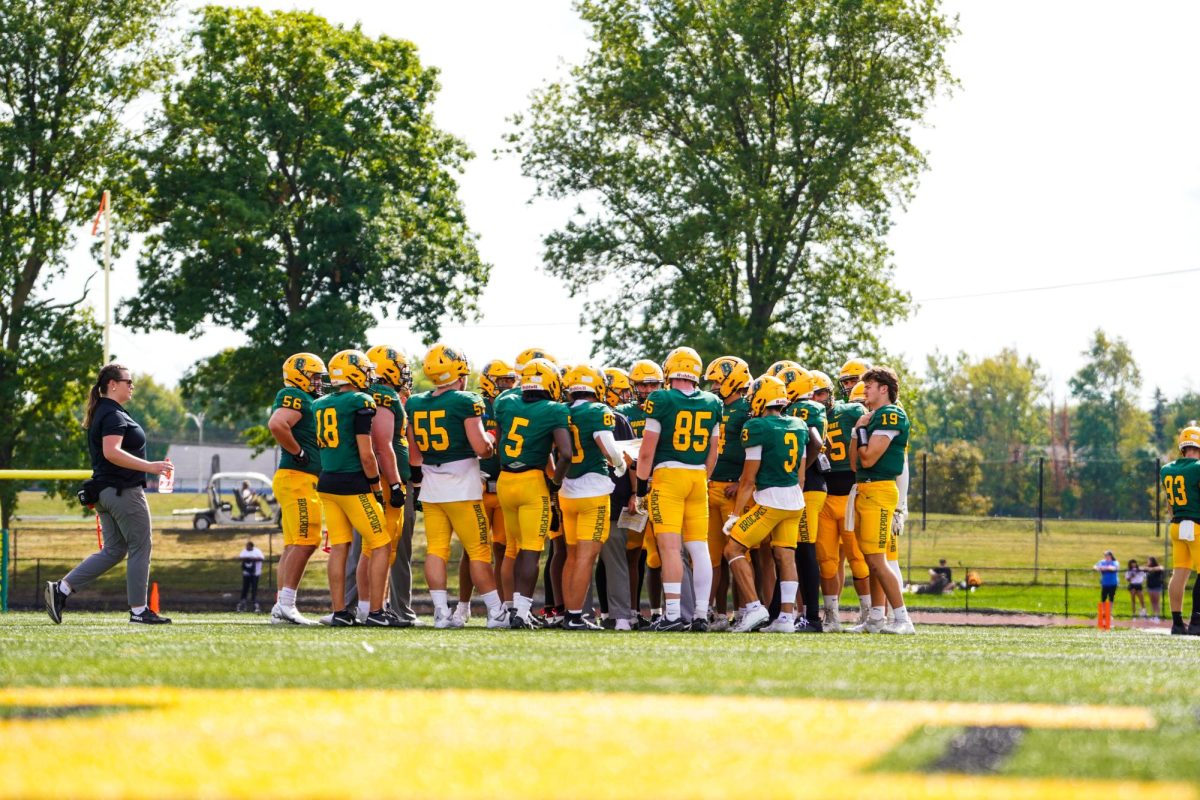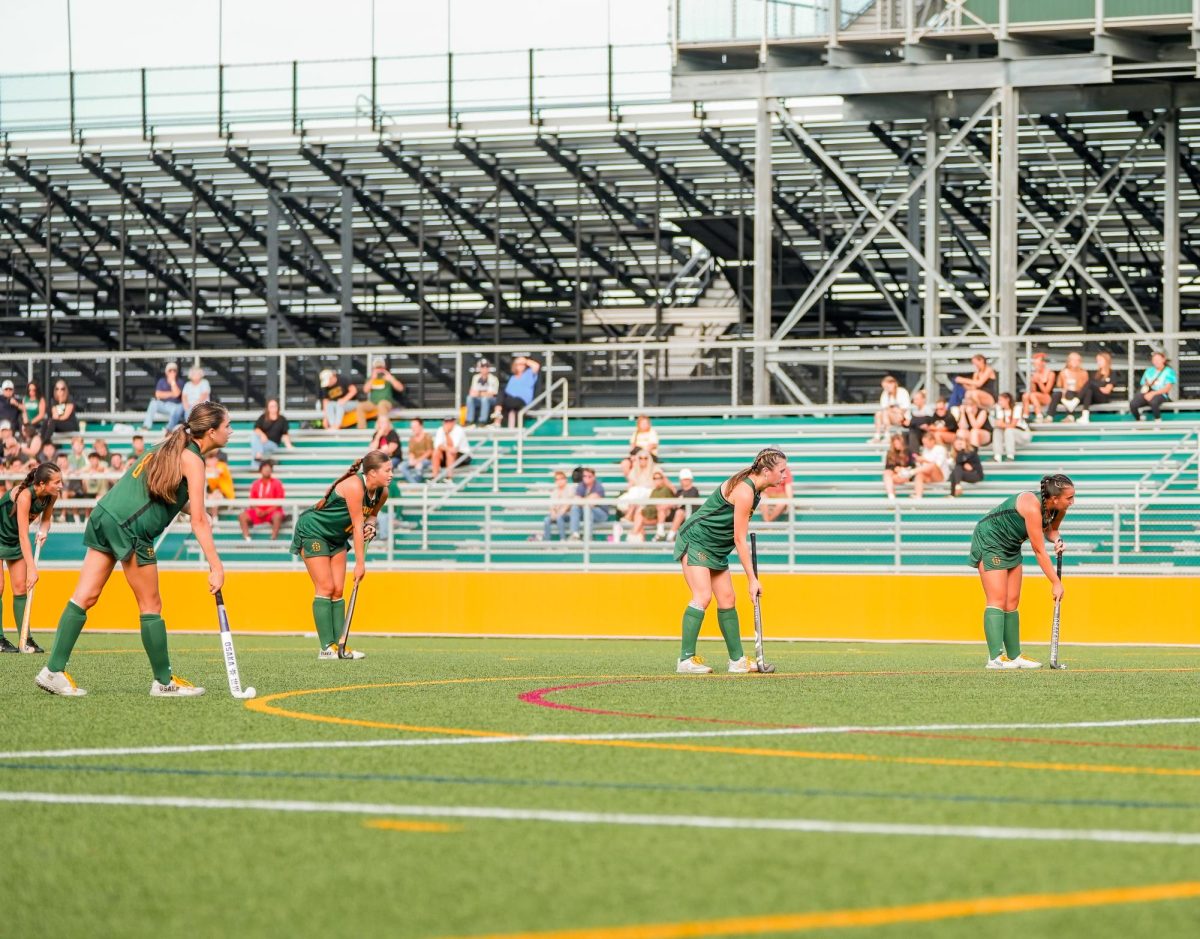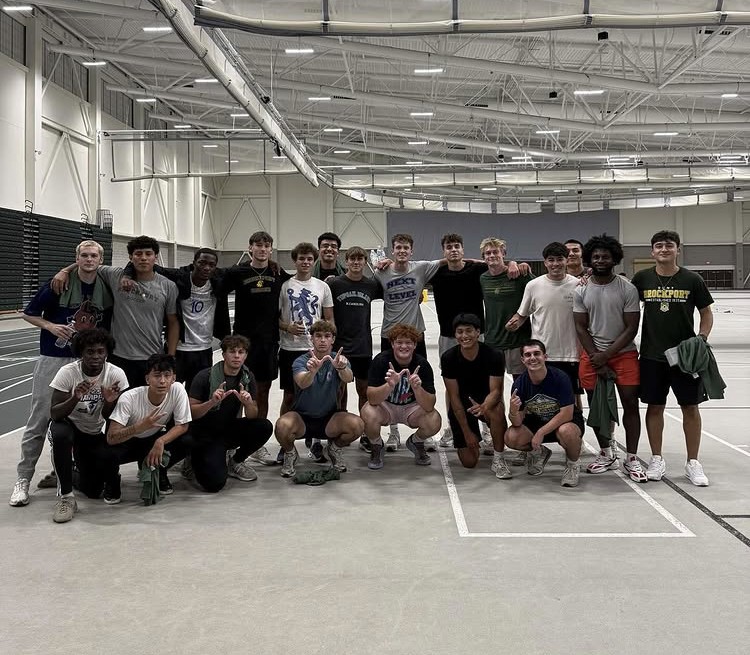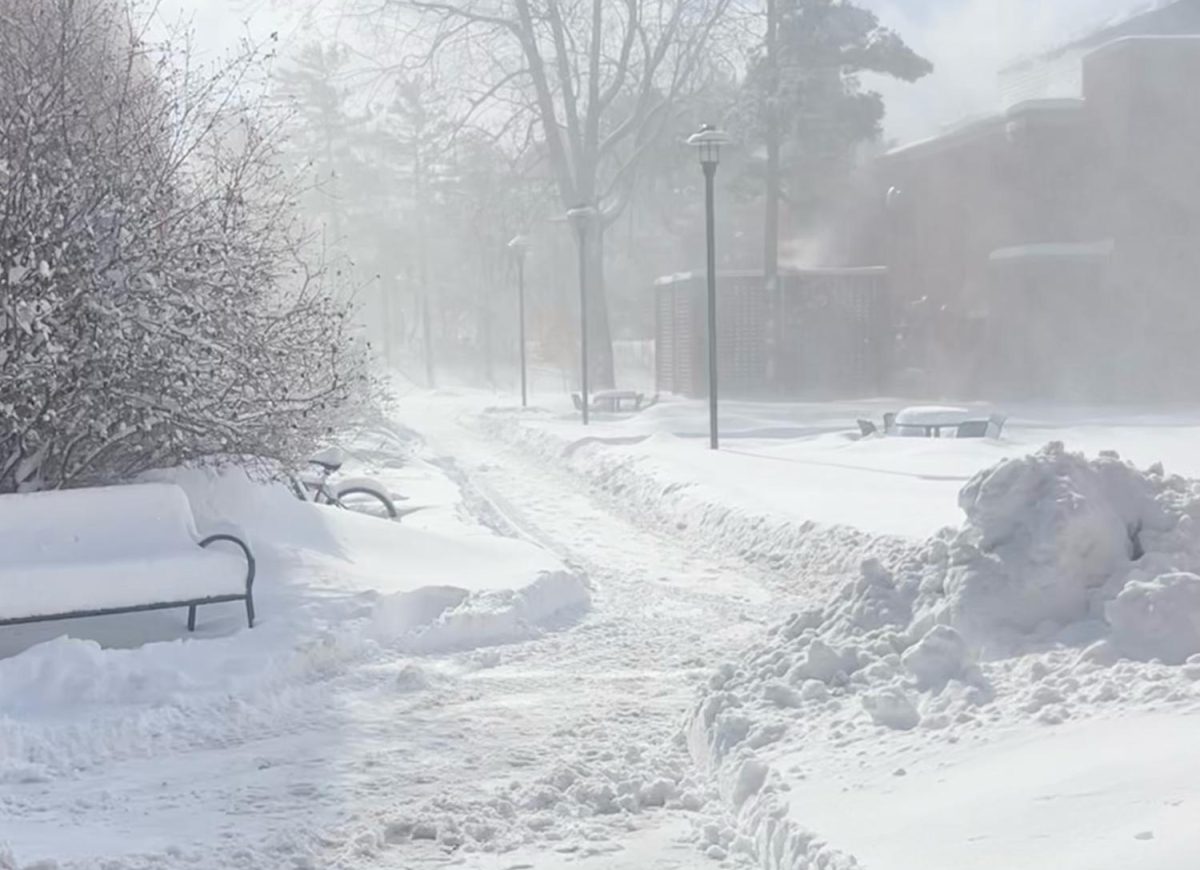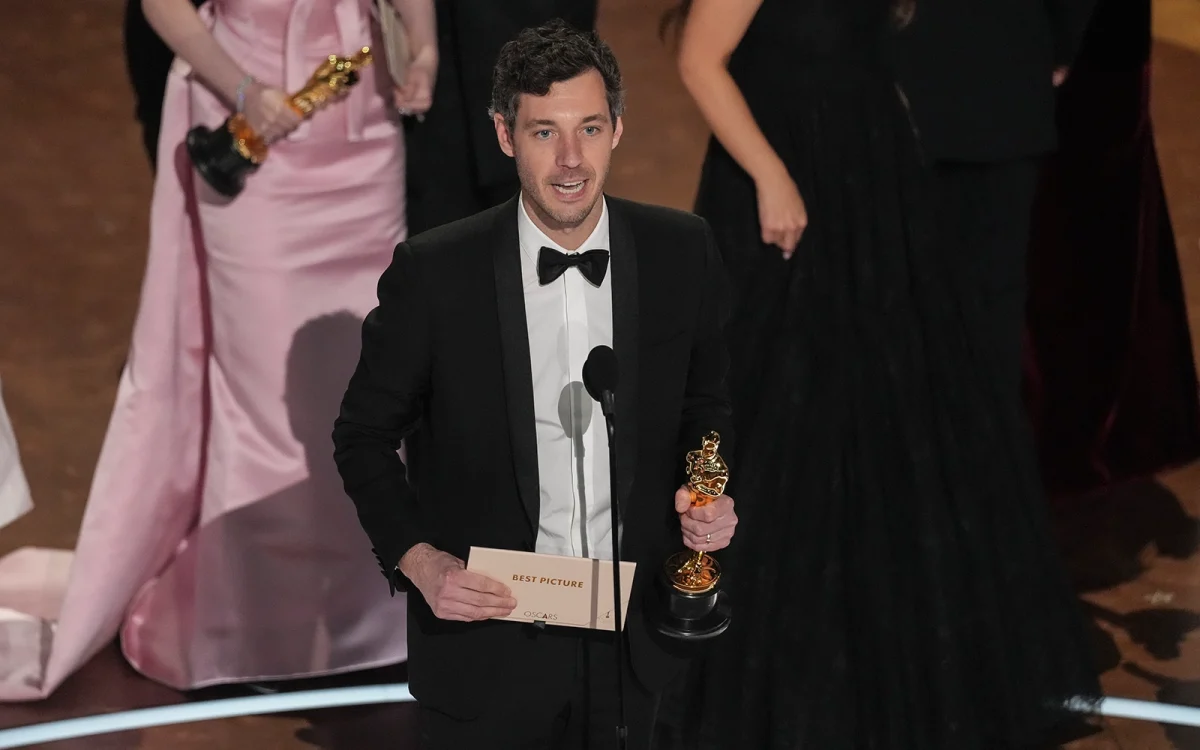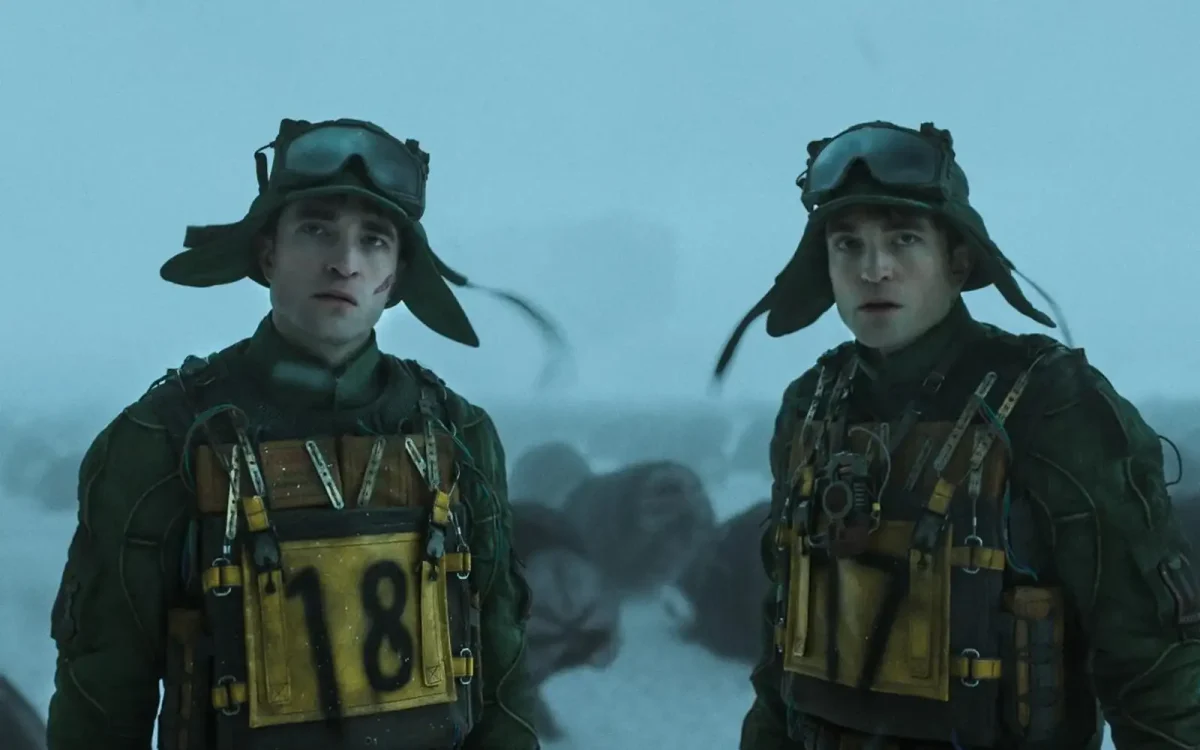Violence in crime dramas is often treated as a question of “who” and “how.” “Adolescence” focuses on “why,” through its piercing portrayal of how toxic masculinity turns boys into threats and girls into victims.
Netflix’s latest overnight success is the four-part British crime drama created by Jack Thorne and Stephen Graham and directed by Philip Barantini – each episode filmed in his signature one take style.
The series begins in the bedroom of 13-year-old schoolboy Jamie Miller, (Owen Cooper) police raid the Miller family home and arrest him on suspicion of murdering his classmate Katie the night before. The first episode is spent trapped with Jamie inside the police precinct through the mundane procedural motions as detective inspector Luke Bascombe (Ashley Walters) and detective sergeant Misha Frank (Faye (Marsay) build a case against Jamie – despite his desperate denial.
It’s nauseatingly dehumanizing, watching Jamie cry for his father, baulk at a strip search and whine during the blood test. He is the picture of childhood innocence, all small shoulders and shuffling feet, tears running down his freckled cheeks. Cooper gives an uncomfortably convincing performance; his portrayal of the sniveling Jamie making it nearly impossible to believe he could have committed such a heinous crime.
The Miller family waits in quiet disbelieving devastation, and Jamie’s father, Eddie (Stephen Graham), a weathered plumber, to be his appropriate adult. Graham’s performance is gutting, he never falters in his belief in a boy who is anything but innocent.
Jamie killing Katie was never in question, the evidence is glaring in its conviction. But blurry CCTV footage and a missing knife is all the care “Adolescence” lends to the “who” and “how” of the crime. The focus shifts from the clichés of police procedurals and courtroom dramas to raise the question: why would a boy who still wets his pants when he’s scared commit murder?
“Adolescence” answers with this: toxic masculinity and all its vile vitriol. The 80-20 rule, the manosphere, incel culture, the spewing of Andrew Tate jargon that is poisoning boys and killing girls.
It’s a door cracked open in the slightly lackluster second episode; Bascombe and Frank searching Jamie’s school for answers – and the murder weapon. The teachers are inept, the students are raucous and its Bascombe’s teenage son who rips the door from its hinges by explaining to his out of touch father the true meaning behind the comments Katie left on Jamie’s Instagram.
The standout of the series is by far its third episode, which unfolds seven months after the murder. Jamie awaits trial within the muddy yellow walls of a youth detention center as child psychologist Briony Ariston (Erin Doherty) assesses Jamie’s understanding of the charges held against him.
It feels like an intrusion, skin-crawlingly intimate as Briony needles truths from Jamie, who began the session boyishly brash and ended it enraged, edging on something dangerous. He flinches at the truths she cuts from his anger loosened tongue, her prying questions about masculinity, sex, attractiveness, because he truly is just a child. But he is a child born from radicalization and misogyny; his sense of self-worth poisoned by the idiosyncrasies of toxic masculinity perpetuated online.
It’s phenomenal television, so phenomenal that stamping it as just “television” seems like a disservice. Cooper’s performance can only be described as wild, it brims in his eyes, pours from the torrent of lies Jamie tells. Doherty is a force not to be reckoned with, commanding the screen in the same way she commands Jamie through pursed lips to sit through his violent outbursts.
The fourth and final episode is an understated far cry from its predecessor, as the Miller family’s quietly devastating celebration of Eddie’s birthday is marred by the scars of the past. Jamie calls to tell his father happy birthday and that he is changing his plea to guilty; the closest he ever comes to a confession.
And so, “Adolescence” ends in the same place it began – Jamie’s bedroom, where everything and nothing has changed. Guilt has consumed Eddie wholly; he sobs in Jamie’s bed and whispers an apology to his teddy bear, gently tucking it under the covers. He is putting the last of Jamie’s innocence to bed, a pathetic acceptance that the boy who used to draw monsters at the kitchen table for hours with ice cream smeared over his face is gone.
“Adolescence” is a cruelly honest mimicry of the human experience that never indulges in the spectacle of violence or the sanctitude of closure. It is harrowing in its lack of finality that echoes through the minds of its viewers with the ghost of a question haunting the narrative – why would a boy go from drawing monsters to becoming one?




